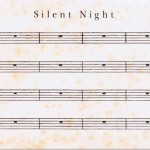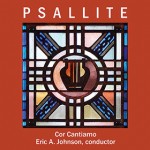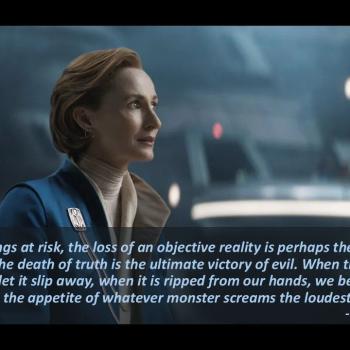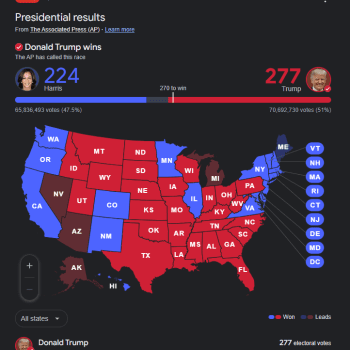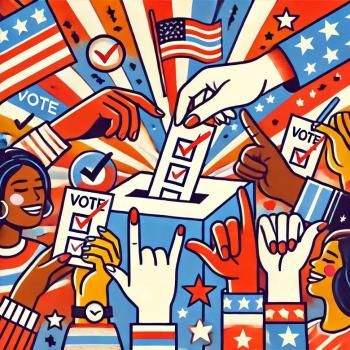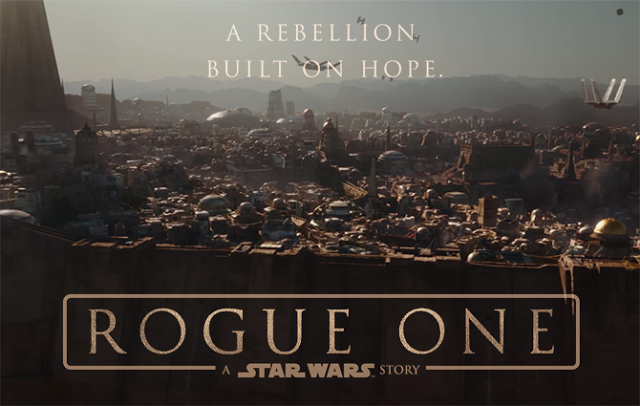 “Rebellions are built on hope.”
“Rebellions are built on hope.”
But so too are empires.
Yesterday I finally saw Rogue One, and I thoroughly enjoyed it. Its religious and political themes were especially interesting to me. I won’t try to keep this spoiler-free.
The opening phrase in this blog post is a catchphrase of Jyn Urso in the movie, as most people will have seen in commercials and trailers. But the movie explores the similar and different aims and methods of empires and those that rebel against them. The empire claims to provide peace, stability, and security. In a conversation with Jyn’s father Galen, Director Krennic emphasizes this and Galen suggests that he is confusing peace with terror.
Terror is the tool of both sides. Rebels want freedom, and terror is a weapon in their arsenal. A variety of individuals who volunteer for the mission to steal the Death Star plans are assassins and others who have done terrible things in their effort to undermine the Empire. And there are others, such as Saw Gerrera, who are considered too militant and extremist for the Rebel Alliance. They blow up imperial troops, and the Empire responds with terror of its own.
Who started it? Well, as with any conflict between empire and rebellion today, the roots will be traceable back before any current nation or faction existed in its present form, making the question unanswerable and thus unhelpful.
Jyn tries to represent a middle way – one that recognizes that if one follows orders when they know they are wrong, they “might as well be a stormtrooper.” This is in response to the fact that the Rebel Alliance decided that it was too risky to try extracting Galen Erso, and so he should just be eliminated.
But no one in the movie was suggesting that there was a third way that was neither passive nor violent. Instead, we get the suggestion that there are only two sides, and as a third category, those who pretend to be neutral, claiming not to have the luxury of political opinions, and that it doesn’t matter if the imperial flag or some other flag is flying across the galaxy as long as one doesn’t look up.
The two sides represent a dominant desire for freedom or stability. One cannot guarantee both – the only way to keep stability is to guarantee that no one has the freedom to disrupt things, and the only way to guarantee freedom is to open the door to the possibility of instability. And so if there is no third way, then we have no hope of seeing an end to terrorism, because there will always be people who want freedom more than security or vice versa. And when passions flare over those issues, terror will be used as a weapon again.
Fans were delighted to see Darth Vader easily beating a bunch of rebels, and force choking a subordinate. On that topic, see the post “Applauding for Vader” on the Early Christian Monasticism in the Digital Age blog. But the most significant scene with Darth Vader was when he was in a bacta tank, from which he emerged (off screen) to appear in his usual body armor. The symbolism of this is poignant. Darth Vader turns his life support system into a terrifying shell that actually obscures the humanity, the frailty and brokenness, of the man that is encased within it.
And that is worth connecting with a phrase that is used in relation to another character – one of the “good guys” that is fraught with moral ambiguity in the movie. Force sensitive Jedi sympathizer Chirrut Îmwe says at one point to Captain Cassian Andor that there are many different kinds of prisons, and he senses that he carries his with him.
The Jedi are no longer to be found on the planet Jedha, which is the location of a number of things that are incorporated into Rogue One that were part of George Lucas’ first draft but didn’t appear in the original trilogy: khyber crystals, the Whills, and the phrase ‘the Force of others be with you.’ The movie features a mantra that in some instances functions as a prayer for rescue or safety: “The Force is with me and I am one with the Force.” That paradox is at the heart of many real-world religions, which envisage God as with the believe and yet the religious person (or in some traditions all people) as one with God. And, as in real life at times, resistance against empire emerges from an occupied holy city.
And so Star Wars continues to be as relevant to current political realities, and discussions of religion, as it has always been. And so I will conclude with a tweet…
“And this is Lord Vader. People say he’s a Sith but he prefers the term ‘alt-Jedi.'”
— Patton Oswalt (@pattonoswalt) December 20, 2016


